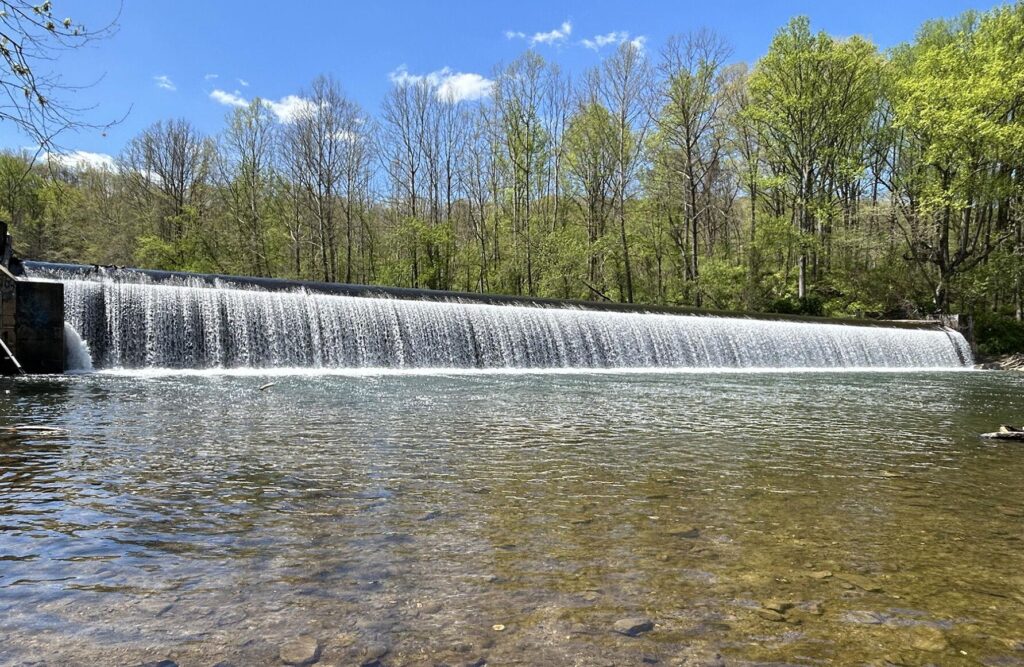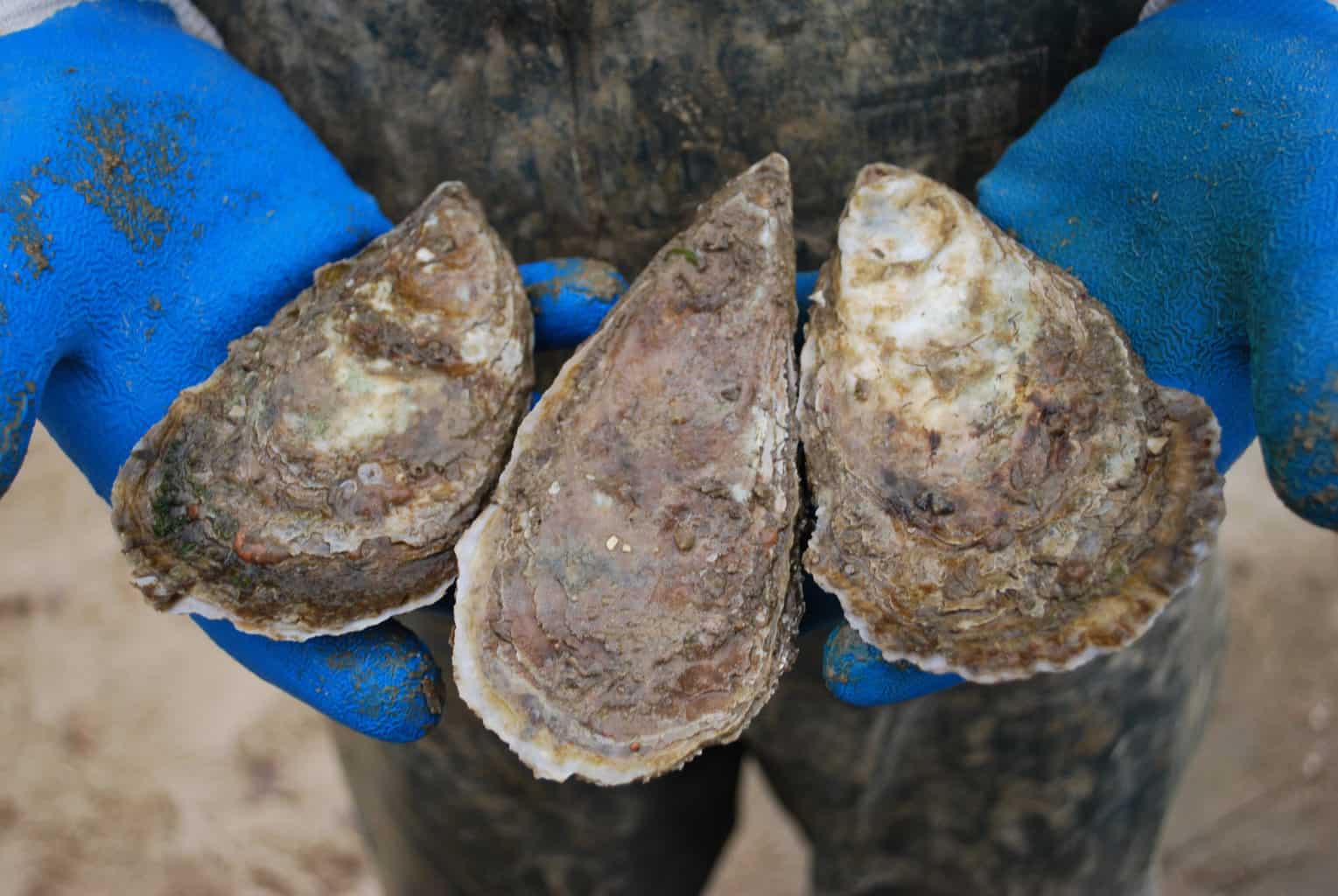Three dams have been dismantled on the main portion of the Patapsco River in Maryland since 2010. The big blast that demolished Bloede Dam in 2018 attracted a lot of attention and caused a quick wildlife . The fourth and final major barrier may soon go away, too.
The National Oceanic and Atmospheric Administration (NOAA) in May awarded $1.8 million to the nonprofit group American Rivers to begin the planning and initial design phase for the removal of Daniels Dam.
The project will have broad environmental benefits, said Jessie Thomas-Blate, director of restoration for American Rivers. With the dam gone, river herring and shad will gain 65 miles of spawning habitat, and American eels would gain nearly three times that.
“We’re very excited,” Thomas-Blate said. “This is the final piece to the restoration puzzle we’ve been working on in the Patapsco.”
The Patapsco begins at the confluence of its North and South branches near Marriottsville and wends its way 40 miles to Baltimore Harbor. Nearly half of its drainage basin has been developed.
Daniels Dam was built in 1833 to power mills that have long since closed. It is no longer needed, Thomas-Blate said.
The dam’s owner, the Maryland Department of Natural Resources, supports the group’s move, said Gregg Bortz, an agency spokesman. The state will partner with American Rivers in the removal process.
The Daniels Dam project was one of 46 projects nationwide receiving a total of $240 million in NOAA grants to support improvements to fish habitat. The effort to reopen the Patapsco began in 2010 with the removal of Union Dam. That was followed by the removal of the Simkins Dam in 2011 and Bloede Dam in 2019.
So far, the campaign appears to be working as advertised. When Bloede Dam was still in place, the eel ladder attached to the Daniels Dam recorded only a couple dozen uses each year. Since then, observers have counted nearly 80,000 eels, Bortz said.
Dam removal advocates will have to contend with several issues before demolition can begin.
The Daniels area is one of eight developed access points managed as part of the popular Patapsco Valley State Park. The dam, 27 feet high and 450 feet long, creates 2 miles of slow-moving water prized by anglers and swimmers.
“Right now, it looks like a lake,” Thomas-Blate said. “It will look more like a river channel. It will be moving pretty fast through there.” She added that the planning process will include outreach to affected users and recommendations on where they can find similar recreational opportunities nearby.
All dams pose some risk to human safety, Bortz said. But Daniels has experienced fewer incidents than Bloede Dam. In the past 15 years, there have been three emergency incidents on record, the most recent a near-drowning in 2020. None resulted in death.
The project will also have to proceed cautiously, given the large amount of silt that has gathered behind the dam over nearly two centuries. Allowing that sediment to wash away freely after the dam’s removal could cause buildup downstream at Ellicott City, exacerbating drainage problems for the flood-beleaguered community.
Thomas-Blate said the partners may consider dredging the sediment out of the channel and floodplain before addressing the dam’s removal.
Another dilemma: Removing an obstacle to desired fish could also do the same for undesired fish, such as snakeheads, toothy invasives from Asia. But Thomas-Blate said that dams typically aren’t very effective barriers against such species. One of the main ways that snakeheads have spread across the Bay’s tributaries has been by anglers transporting them to places where they want to catch them.
If the Daniels barrier is taken down, the only blockage remaining on the Patapsco system would be Liberty Dam on the river’s North Branch. That dam is the linchpin in a 9,000-acre reservoir that the city of Baltimore taps as part of its drinking water supply.
This article first appeared at bayjournal.com on July 11, 2024.



